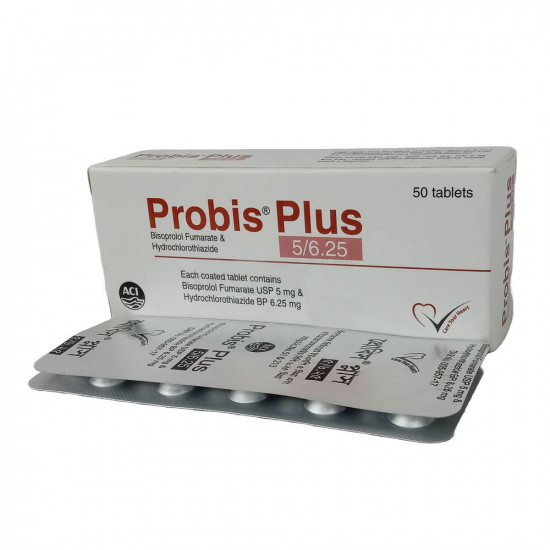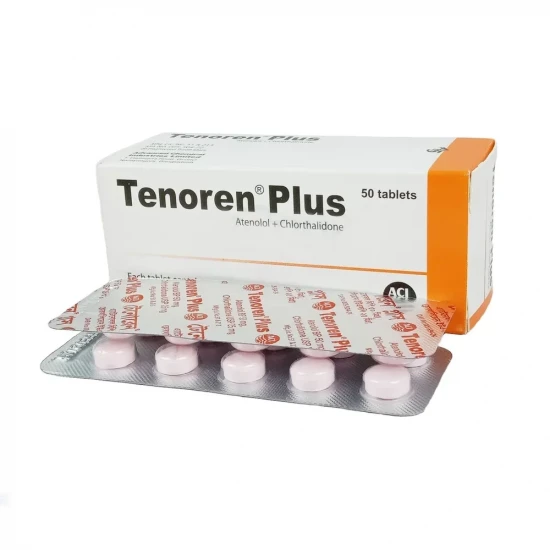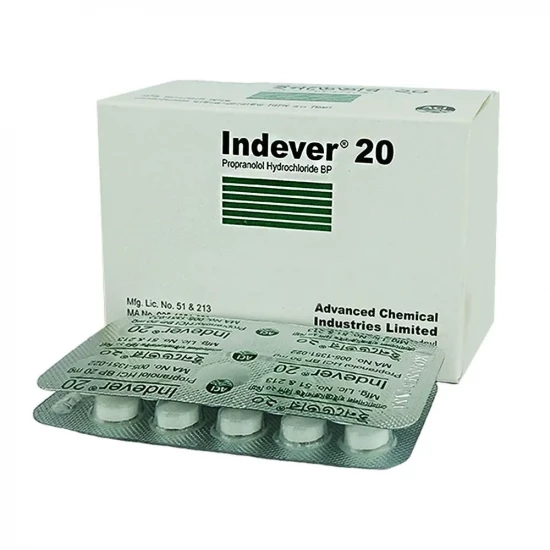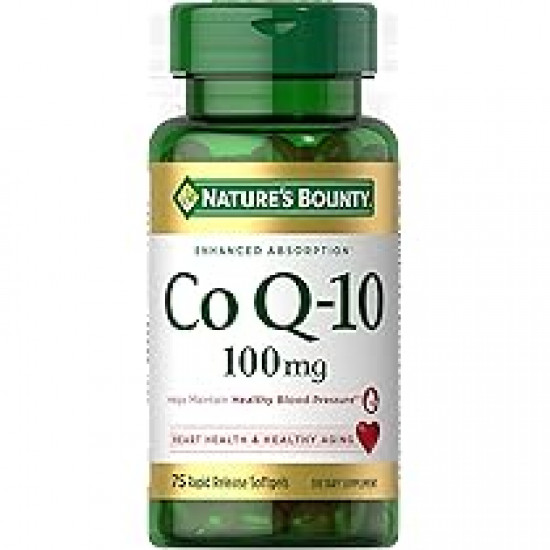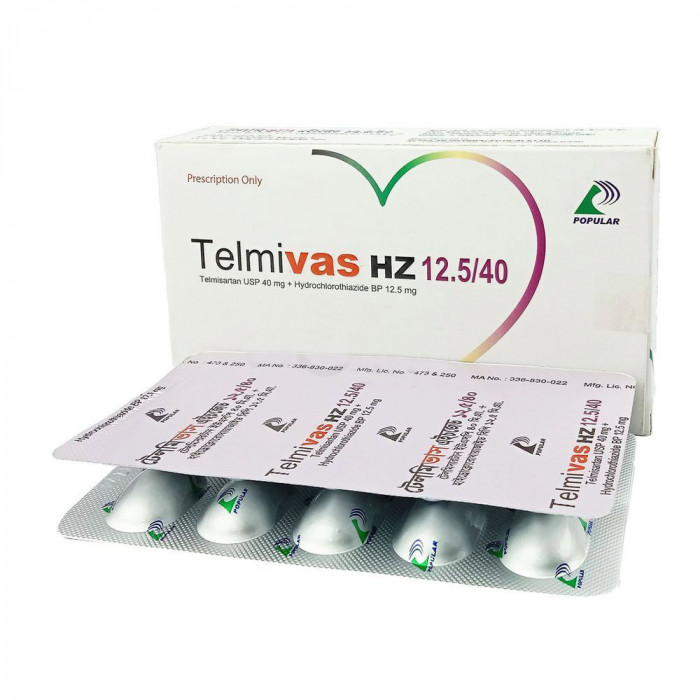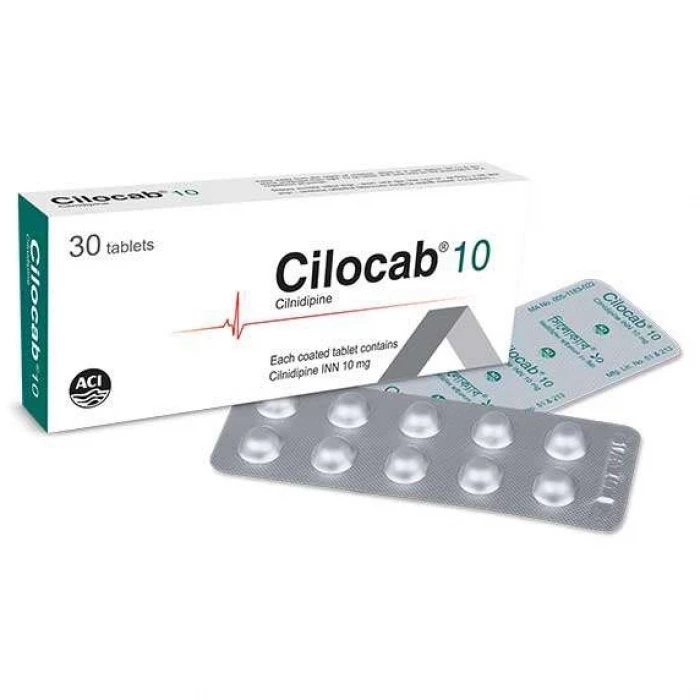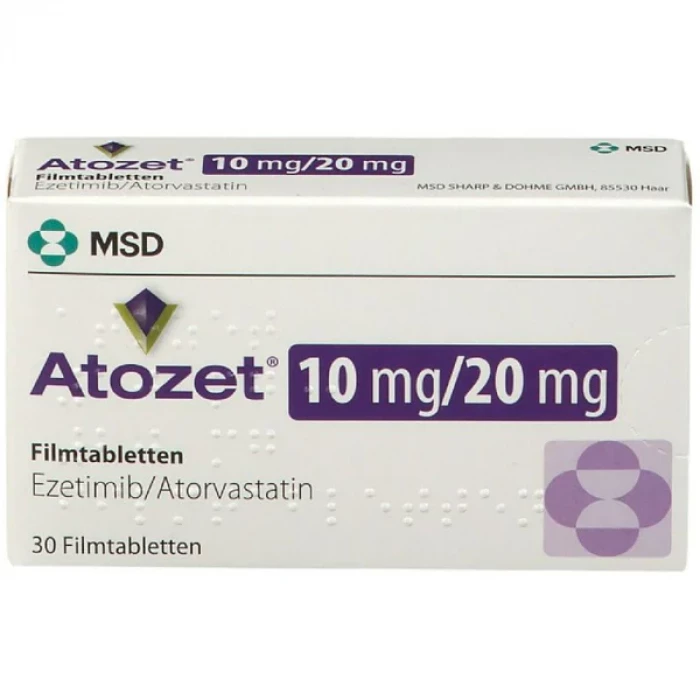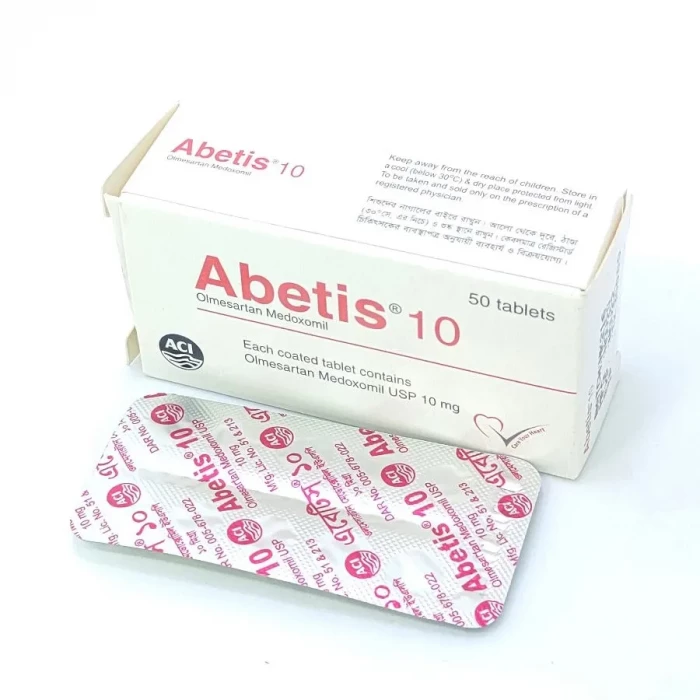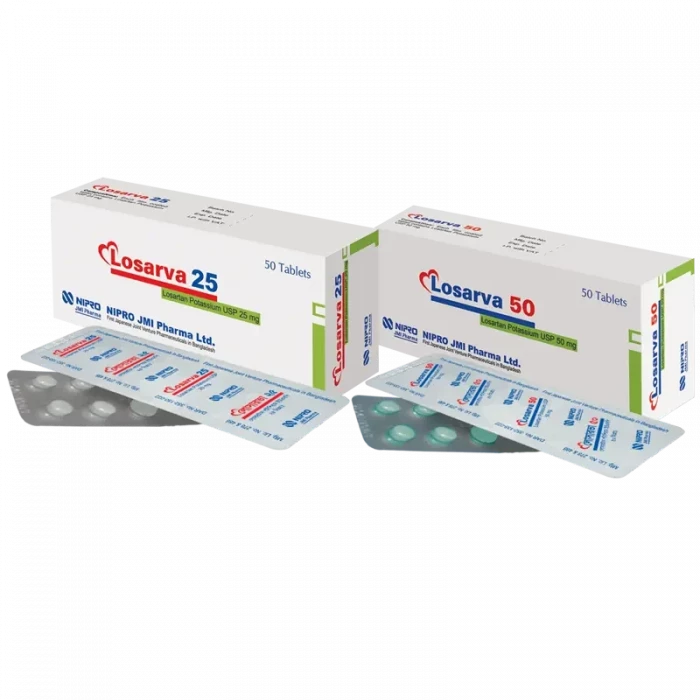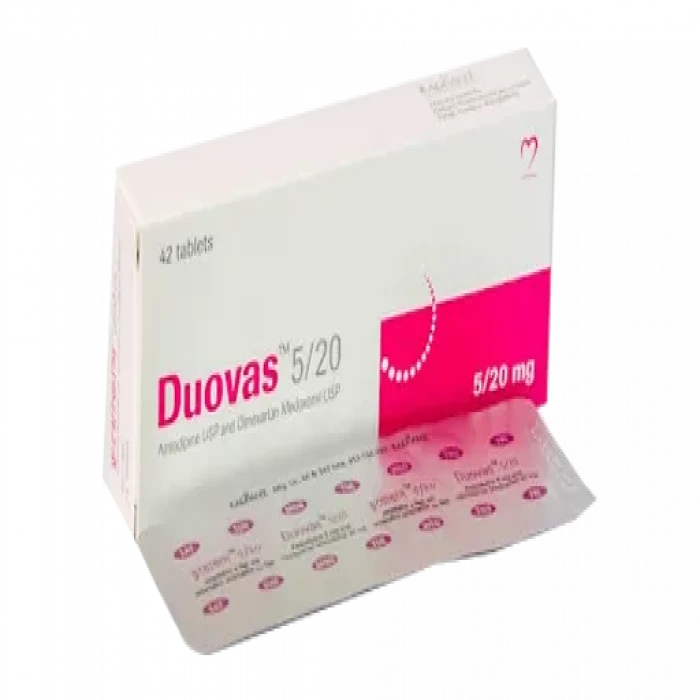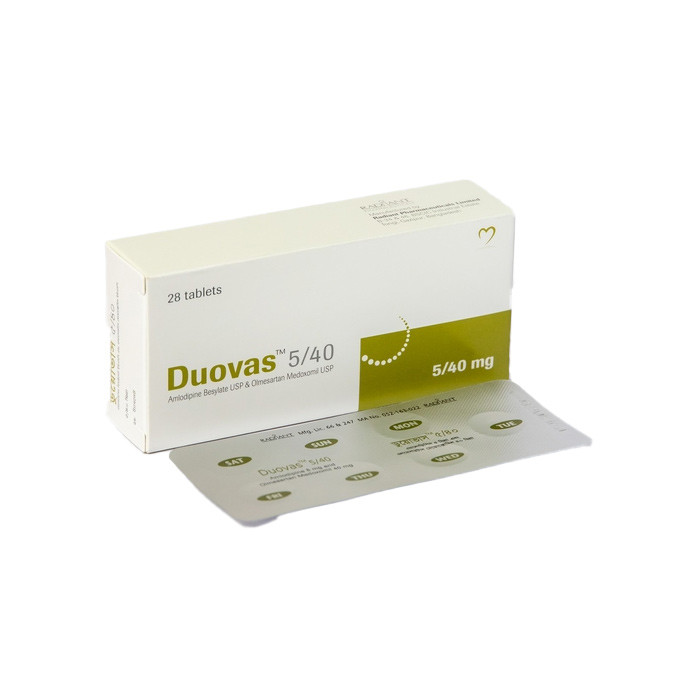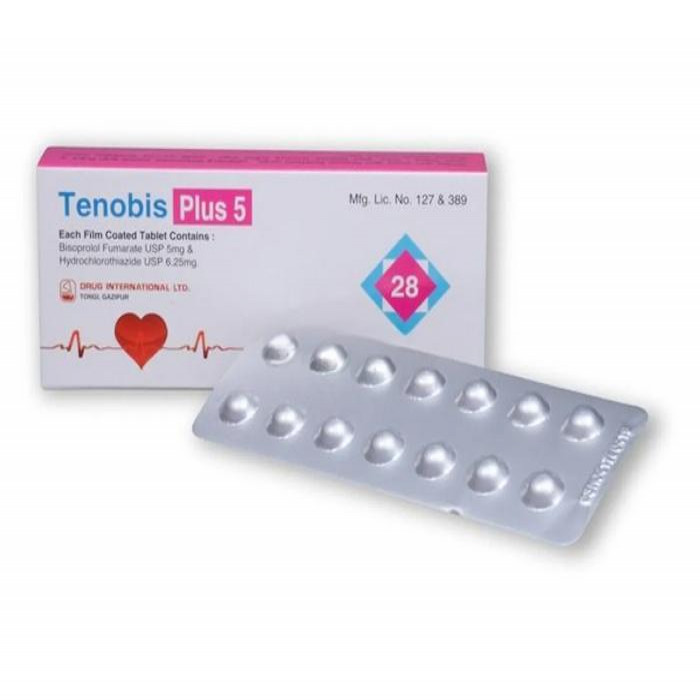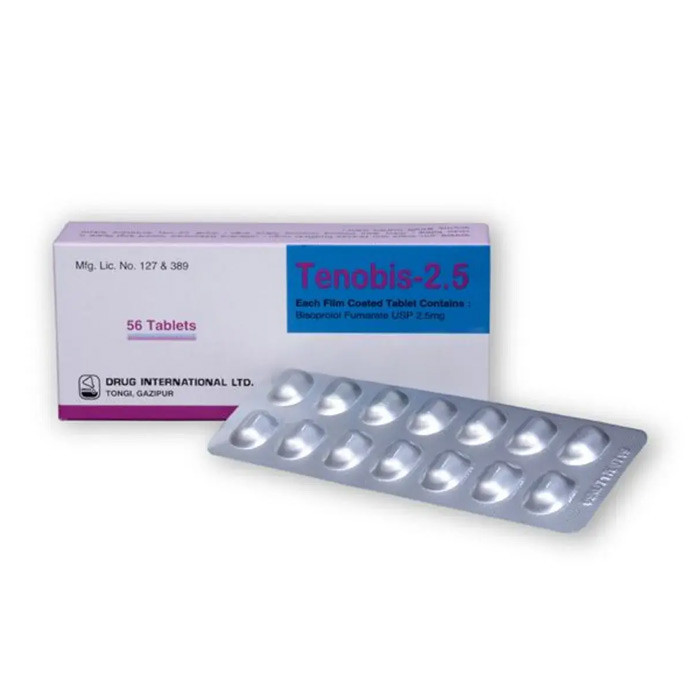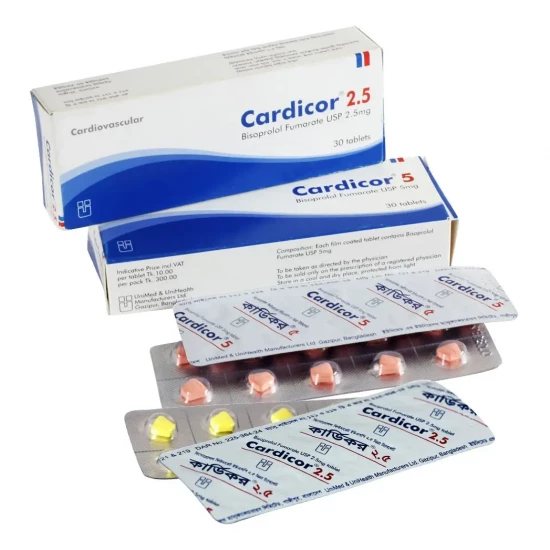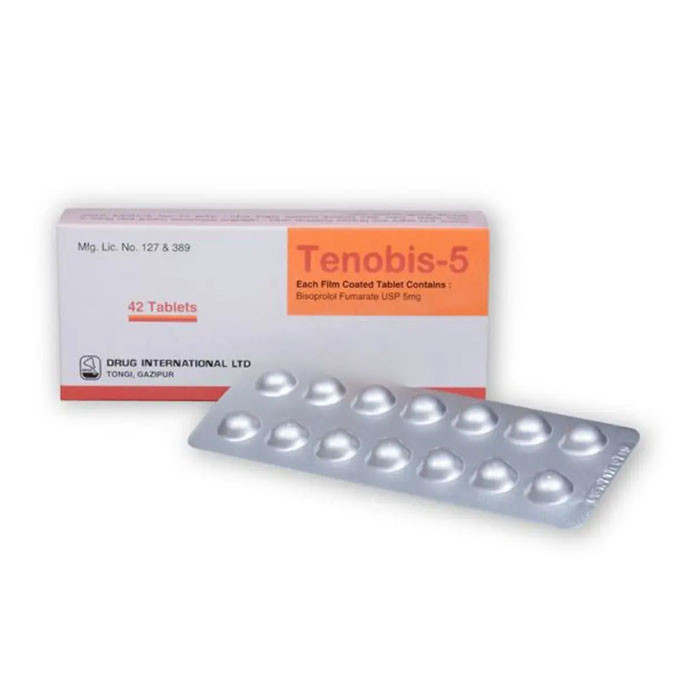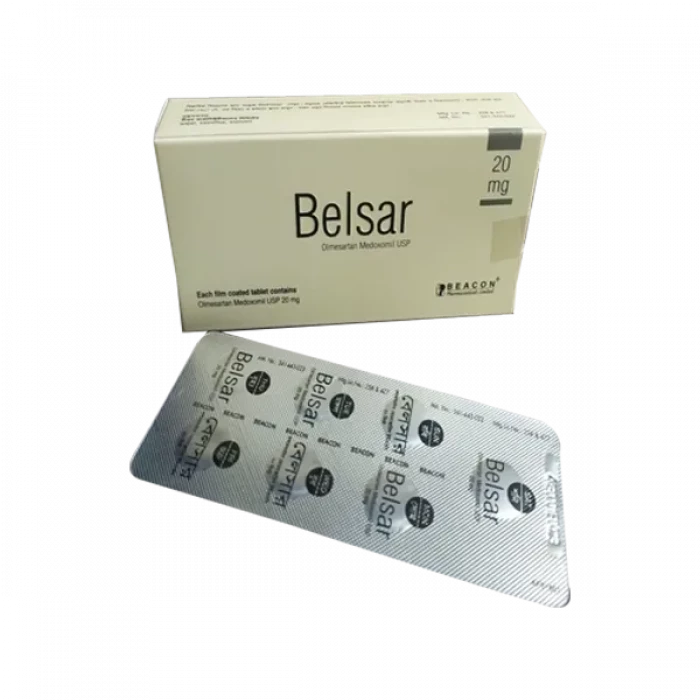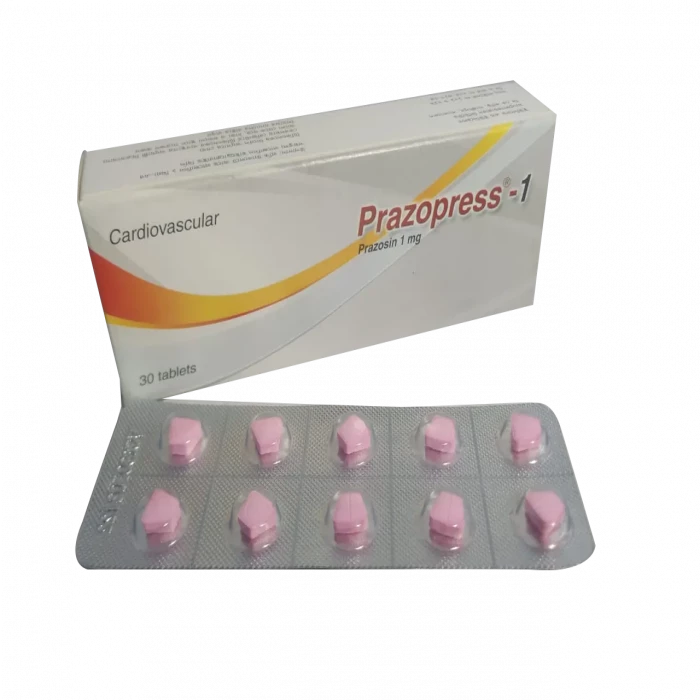
✔ 100% Authentic Product
👁️ Currently Viewing 1249
Generic: Prazosin1mg
Brand: Unimed & Unihealth Manufacturers Ltd
Discount
Price: ৳ 113
MRP:
৳
120
6%
Off

100% Genuine Products, Guaranteed

Safe & Secure Payments, Always

Fast, Secure & Efficient Delivery

Proper Packaging
 Cash on Delivery - All over Bangladesh
Cash on Delivery - All over Bangladesh Regular Delivery - 12-24 Hours, Dhaka City* Charge Tk.39-59
Regular Delivery - 12-24 Hours, Dhaka City* Charge Tk.39-59 Regular Delivery - 24-48 Hours, Other Cities* Charge Tk.99-110
Regular Delivery - 24-48 Hours, Other Cities* Charge Tk.99-110
 ফ্রি ডেলিভারিঃ - ৯৯৯ টাকা+ অর্ডারে, ঢাকা
শহরে
ফ্রি ডেলিভারিঃ - ৯৯৯ টাকা+ অর্ডারে, ঢাকা
শহরে ফ্রি ডেলিভারিঃ - ২৯৯৯ টাকা+ অর্ডারে, ঢাকার
বাহিরে
ফ্রি ডেলিভারিঃ - ২৯৯৯ টাকা+ অর্ডারে, ঢাকার
বাহিরে
100% Genuine Products, Guaranteed
Safe & Secure Payments, Always
Fast, Secure & Efficient Delivery
Proper Packaging
 Cash on Delivery - All over Bangladesh
Cash on Delivery - All over Bangladesh Regular Delivery - 12-24 Hours, Dhaka City* Charge Tk.39-59
Regular Delivery - 12-24 Hours, Dhaka City* Charge Tk.39-59 Regular Delivery - 24-48 Hours, Other Cities* Charge Tk.99-110
Regular Delivery - 24-48 Hours, Other Cities* Charge Tk.99-110 ফ্রি ডেলিভারিঃ - ৯৯৯ টাকা+ অর্ডারে, ঢাকা
শহরে
ফ্রি ডেলিভারিঃ - ৯৯৯ টাকা+ অর্ডারে, ঢাকা
শহরে ফ্রি ডেলিভারিঃ - ২৯৯৯ টাকা+ অর্ডারে, ঢাকার
বাহিরে
ফ্রি ডেলিভারিঃ - ২৯৯৯ টাকা+ অর্ডারে, ঢাকার
বাহিরে
✅ Description:
Indications
Hypertension (primary and secondary hypertension). Cold sensitivity, Ray veteran, congestive heart failure, benign prostatic hyperplasia (for patients waiting for symptomatic treatment of urinary tract obstruction due to BPH and prostate surgery).
Pharmacology
Prazosin causes a decrease in total peripheral vascular resistance by selective inhibition of postsynaptic alpha1-adrenergic receptors in vascular smooth muscle. In hypertensive patients, blood pressure is lowered when lying down and standing; This effect is more pronounced on diastolic blood pressure. The return of blood pressure did not occur after abruptly stopping treatment with Prazosin.
The therapeutic efficacy of Prazosin in patients with congestive heart failure is believed to decrease left ventricular filling pressure, decrease cardiac impedance, and increase cardiac output. The use of Prazosin in congestive heart failure does not induce reflex tachycardia and hypotension is minimal in hypertensive patients. Prazosin reduces the severity of signs, symptoms, frequency, and duration of attacks in patients with Raynaud's disease. At low doses, alpha1-receptor antagonism on the smooth muscle of the prostate and urethra has been shown to improve diabetes in men and improve symptoms of benign prostatic hyperplasia. Clinical studies have shown that treatment with Prazosin is not associated with undesirable changes in the serum lipid profile.
Dosage & Administration
Hypertension:
Recommended starting dose: 0.5 mg (in the evening), twice or thrice daily for 3 to 7 days. This dose should be increased to 1 mg twice or three times daily for a further 3 to 7 days. Thereafter, the daily dose should be increased gradually as determined by the patient's response to the blood pressure lowering effect. Most patients are likely to be maintained on a dosage regimen of Prazosin alone of up to 15 mg daily in divided doses.
Maximum dose: 20 mg in divided doses.
Patients receiving other antihypertensive therapy but with inadequate control:
The dosage of the other drug should be reduced to a maintenance level and Prazosin initiated at 0.5 mg in the evening, then continuing with 0.5 mg twice or three times daily.
Subsequent dosage increases should be made gradually depending upon the patient's response.
Congestive heart failure:
The recommended starting dose: 0.5 mg two, three or four times daily, increasing to 4 mg in divided doses. Dosage should be adjusted according to the patient's response, based on careful monitoring of cardiopulmonary signs and symptoms.
Usual daily maintenance dosage: 4 mg to 20 mg in divided doses.
Raynaud's disease:
The recommended starting dosage: 0.5 mg twice daily given for a period of 3 to 7 days and should be adjusted according to the patient's clinical response.
Usual maintenance dosage: 1 mg or 2 mg twice daily.
Benign prostatic hyperplasia:
The recommended dosage: 0.5 mg twice daily for a period of 3 to 7 days, with the initial dose administered in the evening. The dosage should then be adjusted according to clinical response.
The usual maintenance dosage: 2 mg twice daily.
Interactions
Use with phosphodiesterase 5 inhibitors (PDE5 inhibitors): Simultaneous use of PDE5 inhibitors (eg, sildenafil, tadalafil, vardenafil) and prazosin may cause symptoms in some patients. Sexual hypotension Adding prazosin to treatment with beta-adrenergic antagonists or calcium antagonists can significantly lower blood pressure.
Contraindications
Prazosin is contraindicated in patients known to be sensitive to prazosin and other quinazolines or any excipient.
Side Effects
The most common side effects of prazosin are allergic reactions, depression, nervousness, insomnia, hallucinations, dizziness, drowsiness, headache, syncope, fainting, paralysis, exacerbation of existing narcolepsy, blurred vision, eye pain, reddened sclera, dizziness, dizziness, is winter. NS.
Pregnancy
Prazosin causes a decrease in total peripheral vascular resistance by selective inhibition of postsynaptic alpha1-adrenergic receptors in vascular smooth muscle. In hypertensive patients, blood pressure is lowered when lying down and standing; This effect is more pronounced on diastolic blood pressure. The return of blood pressure did not occur after abruptly stopping treatment with Prazosin.
The therapeutic efficacy of Prazosin in patients with congestive heart failure is believed to decrease left ventricular filling pressure, decrease cardiac impedance, and increase cardiac output. The use of Prazosin in congestive heart failure does not induce reflex tachycardia and hypotension is minimal in hypertensive patients. Prazosin reduces the severity of signs, symptoms, frequency, and duration of attacks in patients with Raynaud's disease. At low doses, alpha1-receptor antagonism on the smooth muscle of the prostate and urethra has been shown to improve diabetes in men and improve symptoms of benign prostatic hyperplasia. Clinical studies have shown that treatment with Prazosin is not associated with undesirable changes in the serum lipid profile.
Precautions
Patients with benign prostatic hyperplasia: Prazosin is not recommended for patients with a history of urinary syncope. Generally, it should not be administered to patients who have already received another alpha1 antagonist.
Patients with congestive heart failure: Prazosin is not recommended to treat congestive heart failure caused by mechanical obstruction such as aortic valve stenosis, mitral valve stenosis, pulmonary embolism, and restrictive pericardial disease.
In hypertensive patients: It has been reported that orthostatic hypotension manifests as dizziness and weakness, or rarely loss of consciousness, especially at the beginning of treatment.
Storage Conditions
Keep away from light and moisture, store below 30° C. Keep away from reach out of the children.
⚠️Disclaimer:
At ePharma, we’re committed to providing accurate and accessible health information. However, all content is intended for informational purposes only and should not replace medical advice from a qualified physician. Please consult your healthcare provider for personalized guidance. We aim to support, not substitute, the doctor-patient relationship.




